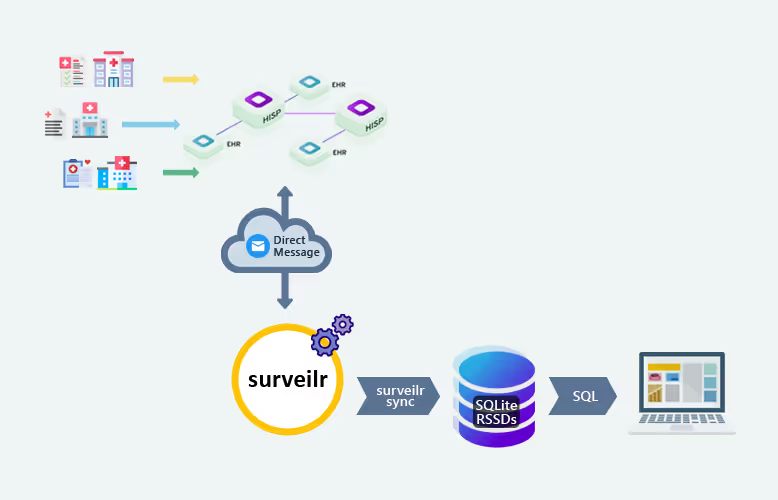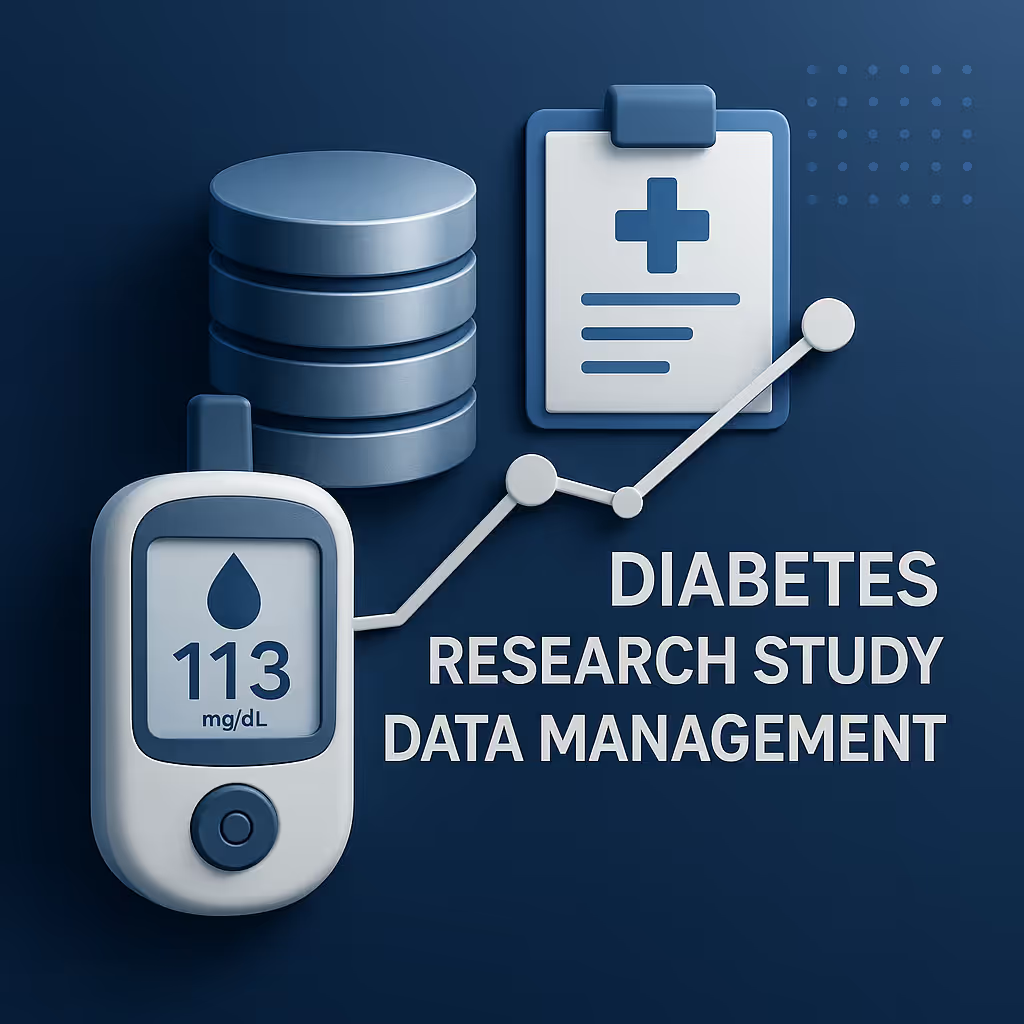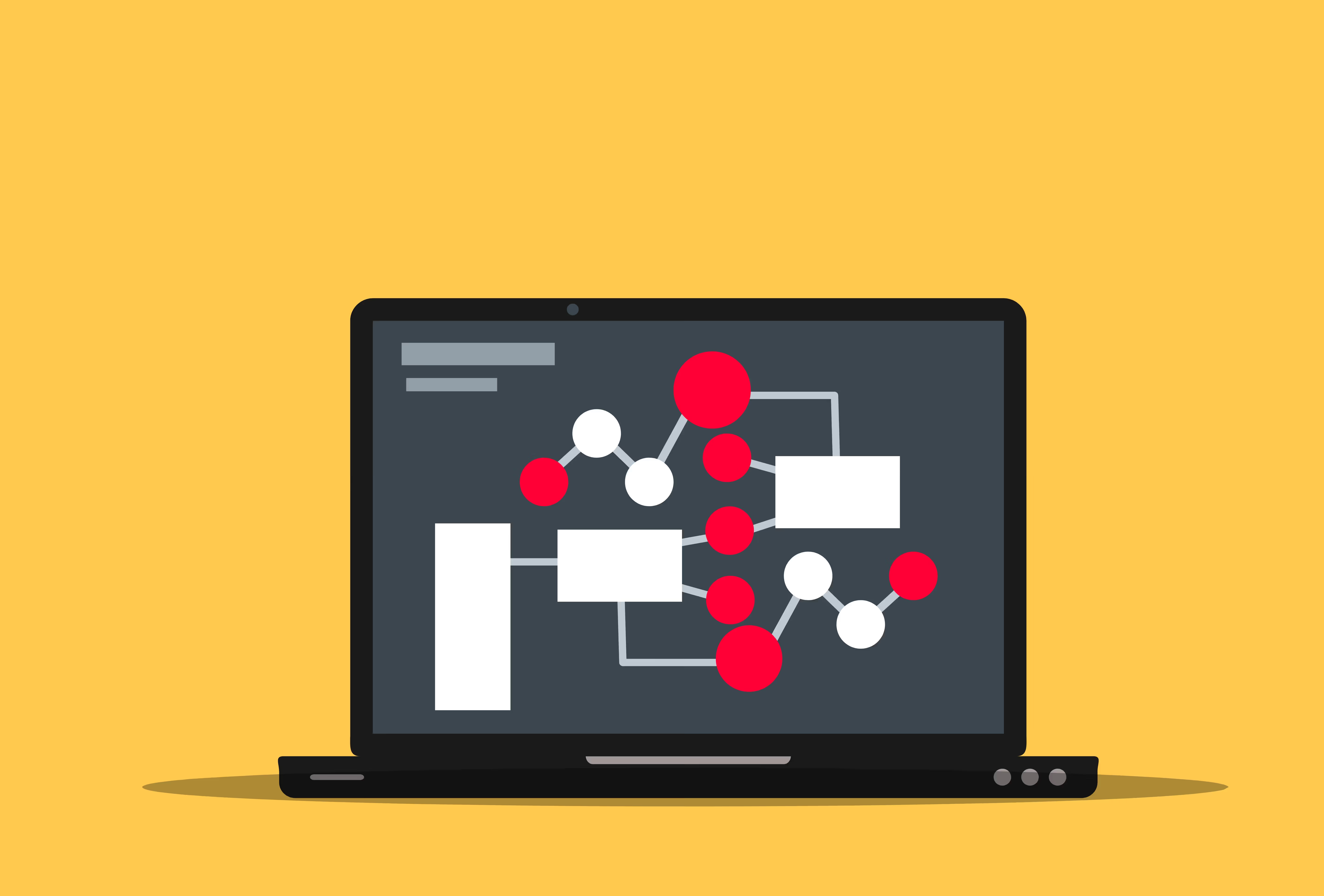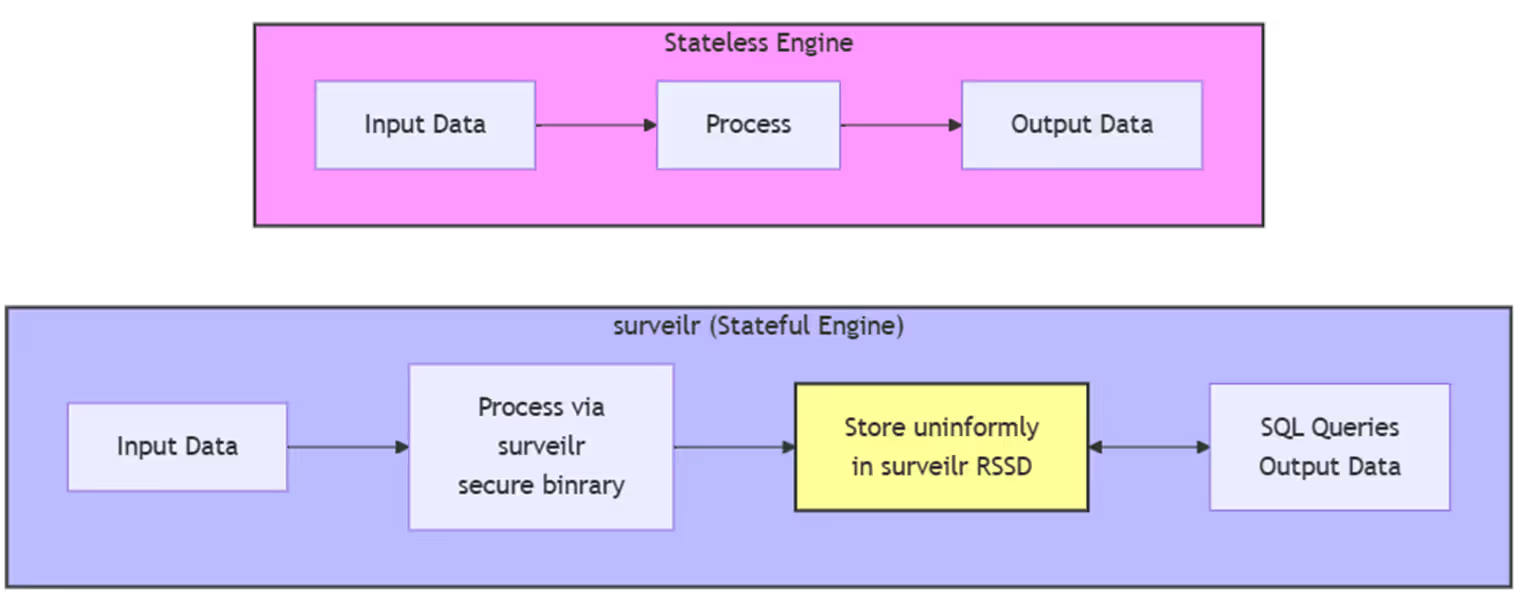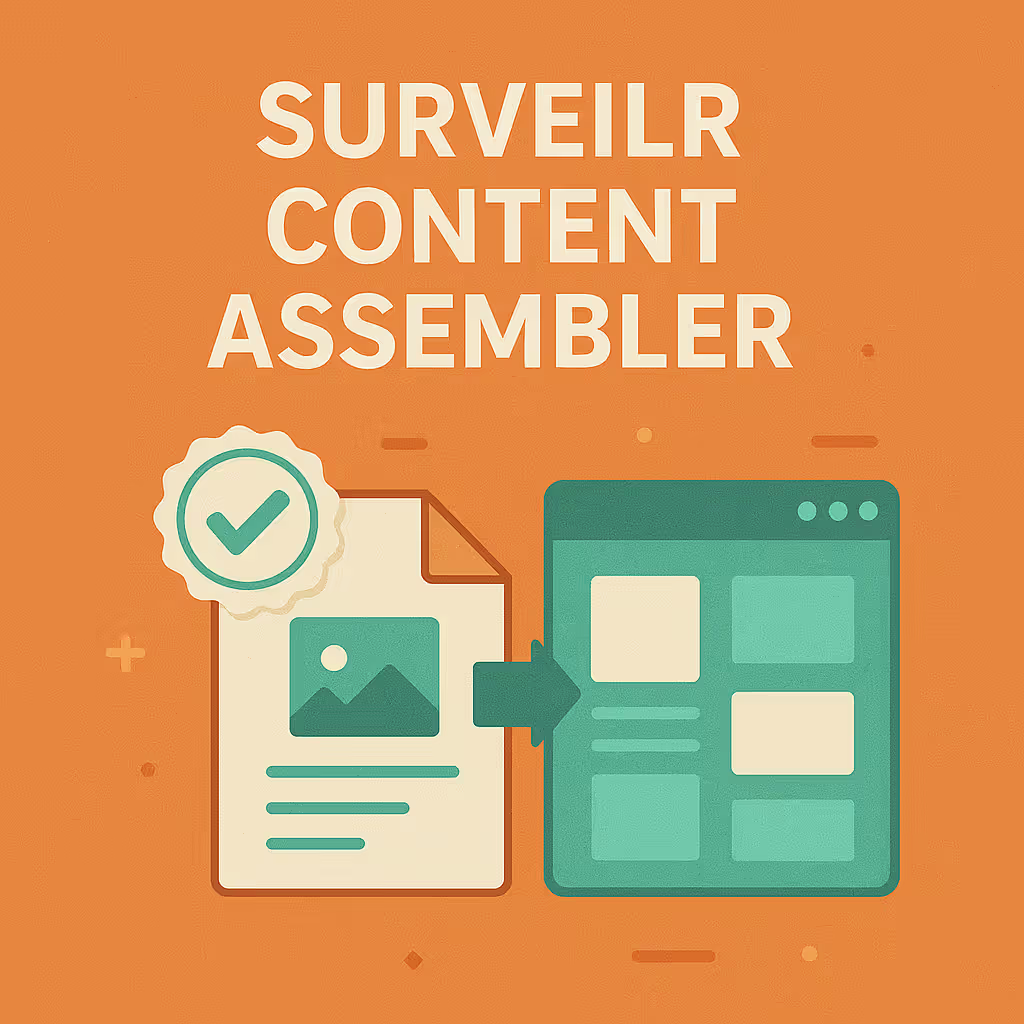In the world of data integration and processing, flexibility and extensibility are paramount. The ability to easily prepare, integrate, and analyze data from multiple sources is critical. surveilr, with its stateful, local-first, and edge-based architecture, stands out as a powerful solution for these challenges. One of the key strengths of surveilr is its SQL-centric nature, making it both flexible and extendable. And when it comes to maximizing this power, there’s no better tool in the SQL toolbox than SQL views.
The Foundation: SQL in surveilr
At the core of surveilr is its SQL-centric approach. Every piece of data it processes is queryable using SQL, allowing users to manipulate and organize information in a way that best fits their workflow. This SQL-centric design makes it easy to set up data pipelines, perform complex transformations, and create relationships between disparate data sources. Whether you’re working with clinical operations data, auditing evidence collection and reporting, pharmacy records, billing information, or any other type of clinical or non-clinical data, SQL provides a robust foundation to access and modify that data seamlessly and effortlessly.
However, while basic SQL queries can deliver tremendous value, surveilr’s real potential can be unleashed with the use of SQL views.
What are SQL Views?
An SQL view is a virtual table defined by a query. It does not store data itself but acts as a window through which you can view and interact with data stored in underlying tables. Essentially, a view abstracts away the complexity of a query, letting users interact with data as though it were a single unified table.
Here’s why views are so powerful in the context of surveilr:
- Simplification of Complex Queries: Rather than repeatedly writing complex queries, you can define a view once and reuse it whenever needed. This is particularly helpful when dealing with intricate joins, filtering, or aggregations across multiple tables and systems.
- Data Abstraction: Views provide a layer of abstraction, allowing you to hide certain complexities or fields from users who may not need access to all the underlying data. For example, you could create a view that shows only anonymized or deidentified data for specific use cases, ensuring HIPAA compliance without sacrificing usability.
- Data Consistency: By defining a view, you ensure that everyone accessing the data sees the same results based on a consistent underlying query. This reduces errors and ensures that reports or analyses built on top of those views are based on uniform data.
Extending surveilr’s Power with SQL Views
surveilr already excels at integrating data from multiple sources—be it clinical records, billing data, or operational logs. But the real power of surveilr comes when you use SQL views to extend its capabilities. Let’s explore how SQL views make surveilr even more powerful:
-
Combining Data Across Systems
surveilrintegrates data from various systems in real-time. By using SQL views, you can create virtual tables that combine data from multiple systems. For example, a view could bring together patient records, pharmacy orders, and billing details, offering a 360-degree view of patient care without manually joining or reprocessing data every time. -
Preprocessing and Data Preparation Views in
surveilrcan be used to preprocess or transform data before it’s consumed by downstream applications or users. You could create views that standardize data formats, filter out irrelevant information, or aggregate results—making data easier to analyze while maintaining a clean underlying schema. -
Creating Custom Dashboards and Reports SQL views enable the creation of custom datasets that can be fed directly into BI tools, reports, or dashboards.
surveilrusers can define views that pull in exactly the data they need, customized for each stakeholder—whether they need high-level summaries or granular operational data. -
Enhanced Security and Compliance Views provide a way to control what data different users or systems can see. By setting up views that show only the fields or records that a user needs,
surveilrusers can maintain security and regulatory compliance. For example, you could create views that display anonymized patient data for non-clinical staff while allowing full access for medical personnel.
Real-World Examples of Extending surveilr with SQL Views
- Customized Reporting: Create views to aggregate data from multiple sources, generating customized reports.
- Data Validation: Use views to validate data against specific criteria, ensuring data quality and integrity.
- Data Transformation: Create views to transform data formats, enabling seamless integration with third-party systems.
- Simplified Data Modeling: Views allow users to create customized data models, making it easier to analyze and report on complex data.
- Reusability: Views can be reused across multiple queries and applications, reducing development time and improving maintainability.
- Data Abstraction: Views hide underlying data complexity, making it easier to manage and maintain data integrations.
- Improved Security: Views enable fine-grained access control, ensuring sensitive data is only accessible to authorized users.
Real-World Example: Using SQL Views for Healthcare Data Integration
Imagine a healthcare provider using surveilr to integrate data from different departments—clinical records, pharmacy, and billing. The provider wants to track patient progress and costs without exposing sensitive information unnecessarily.
Using SQL views, the provider can create:
- A view for clinicians that combines patient health records and pharmacy data, providing real-time updates on patient treatment plans while hiding financial data.
- A view for billing that aggregates treatment costs across departments without exposing confidential medical information.
- A view for administrators that offers a high-level overview of hospital operations, combining anonymized clinical data with financial performance metrics—all in one easily accessible table.
These views can be reused across the organization, ensuring that each department gets exactly what it needs while maintaining security and consistency across all datasets.
Conclusion
surveilr’s SQL-centric architecture is already a game-changer for integrating and analyzing data from multiple systems. However, its potential truly shines when extended using SQL views. Views allow you to simplify complex queries, combine data in powerful ways, and enhance both security and compliance. They enable you to preprocess and transform data effortlessly, all while keeping the underlying system flexible and scalable.
Remember, the true power of surveilr lies not just in what it can do out of the box, but in how easily you can extend and customize it to meet your specific needs. By mastering the use of SQL views, you unlock a world of possibilities for your data integration and processing workflows.
By leveraging SQL views, surveilr users can unlock new levels of functionality, making data integration and analysis not only more powerful but also more user-friendly. Whether you’re a developer, data engineer, or analyst, SQL views offer an elegant way to extend surveilr’s already robust capabilities, giving you the power to customize your data workflows in ways that best suit your organization’s needs.


